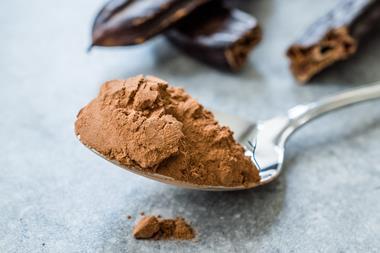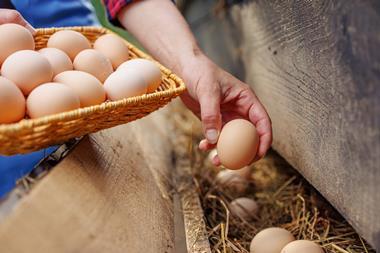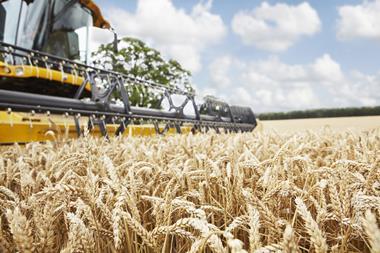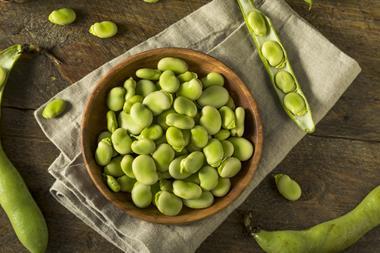Michael Liberty, market analyst at Mintec, on the background to today’s soaring butter prices – and what the future might hold
Stories of French bakeries unable to make croissants and a shortage expected to hit our mince pies this Christmas have cast the public eye towards issues surrounding the dairy market at the moment, with butter sitting in the spotlight.
And so it should be, considering butter prices at the end of June hit a record high price at £5,475 per metric tonne (mt).
To put that into perspective, butter bottomed out in March 2016 at £1,825/mt, three times lower than current pricing.
To analyse the current market, it’s best to look back to where it all began, during the start of the new milk year in April 2015. At this point, the European Commission abolished the milk quotas, a previously subsidised legislation that limited each member state’s milk output. Since its removal, farmers were no longer bound by quotas, driving dairy output up and lowering prices over the next two years.
That brings us to the start of the 2016 milk year in April. After two years of oversupply and price cuts, profitability in the industry hit a low, resulting in many either reducing their cow herd or exiting the market altogether. This drove milk and dairy production down across Europe, limiting supplies of butter, cheese and milk powders.
This brings about the idea of the dairy ‘boom and bust’. However, this would be the wrong term for butter. ‘Boom’ suggests there is currently a period of profitability surrounding butter churning, but even with prices at current highs, UK processors are still opting to process milk into cheese.
To understand this, we need to look at the co-product of butter churning – skimmed milk powder (SMP). Low prices of SMP, brought on by weak demand and high stocks, have reduced the overall profitability of churning butter.
Normally, when a commodity price triples in just over a year, we expect to see substitution in manufactured products. However, this hasn’t been the case, as consumers are looking for butter in products following growing concerns over the health impacts of trans-fats in margarine.
So, simply put, there is currently high demand and low supply. But where does this leave the industry for the rest of the year?
I believe we have seen the peak in butter prices. The premium of butter prices between the EU and New Zealand, the largest exporter, suggests the two will eventually have to meet somewhere in the middle. However, supplies are likely to remain tight and we may have to wait until 2018 to start seeing prices fall in line with historical averages.
































No comments yet